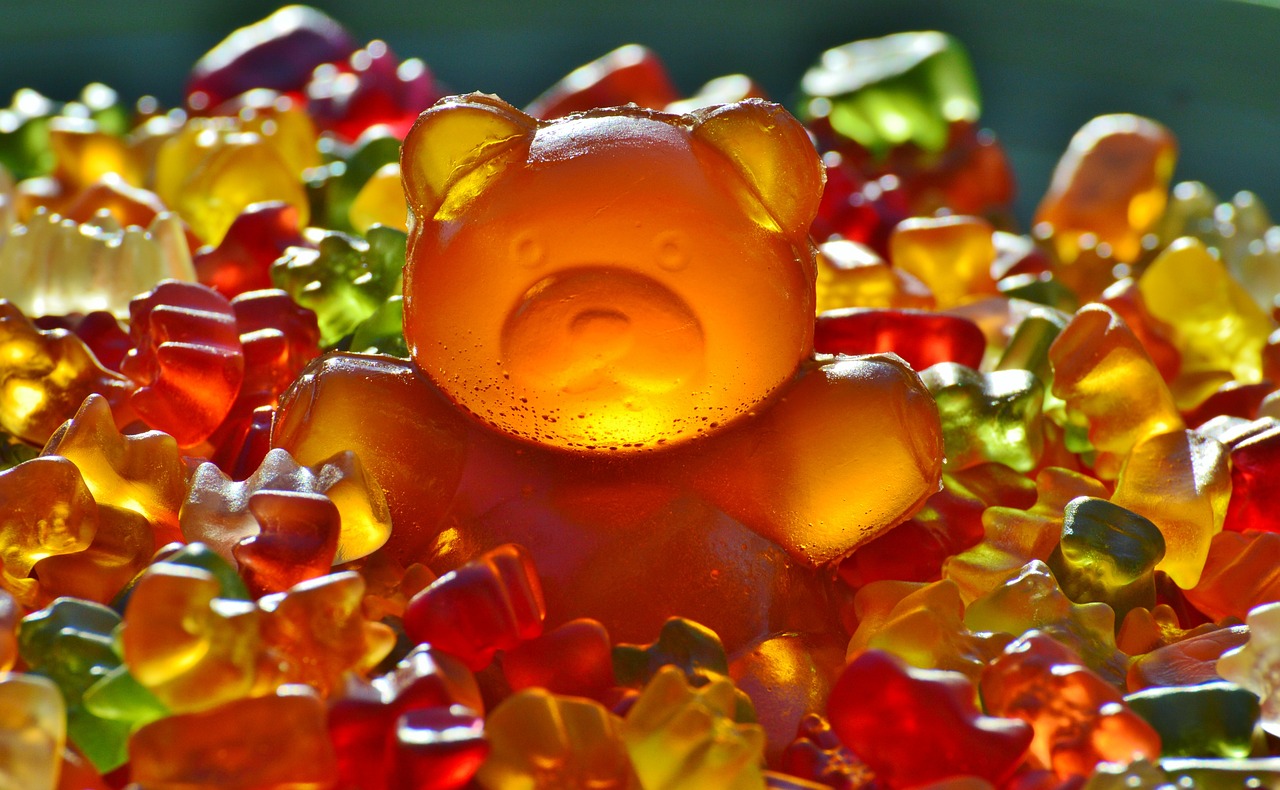 In the opinion of the undersigned, in recent years it seems like an impossible mission to get the EUIPO to consider a trademark that deviates from “normal standards” to be distinctive.
In the opinion of the undersigned, in recent years it seems like an impossible mission to get the EUIPO to consider a trademark that deviates from “normal standards” to be distinctive.
There are numerous obstacles that the applicant must face every time they try to overcome the exam of absolute grounds of refusal. Without being aware of it, its sign can reproduce part of an I.G., of a plant variety, or reproduce the name of a remote town in the Dinaric Alps, famous for its saffron. Additionally, due to the changing criteria of the Office imposed on many occasions by the appearance of new scientific terms and new fashion trends that result in the vulgarization of signs, it becomes very difficult for a brand to reach the minimum threshold of distinctiveness to access the registry.
It is worth noting that that Absolute Grounds of refusal stated in Article 7 of the EUTMR are expressed in restrictive terms, are an exception to the general rule and should consequently be applied in a restrictive manner. A trademark cannot be rejected because it is not very distinctive or relatively composed of generic or non-distinctive elements.
That said, we welcome with a huge smile and satisfaction that the EUIPO’S Fourth Board of Appeal issued a decision dated on 11/10/2023 according to which the figurative mark consisting of the Haribo gummy bear has sufficient distinctive character. In the first instance, the examiner rejected the application alleging that the bear design does not have significant differences with other products in the sector and, furthermore, that gummy bears were already commonly used for decorative purposes not allowing consumers to differentiate the commercial origin of the products which is the main function of a mark. However, the cited Board of Appeal has annulled this decision stating that, the goods applied for could be found in a variety of shapes, and it could not be established that – simply because some of such goods may take the shape of a gummy bear – that the relevant public would associate the motif of a gummy bear with these goods, as they are totally unrelated. Further the Board found that the public would know that gummy bears are generally not larger than 2cm (apparently this is for ease of consumption), which is smaller than most of the contested goods, and made of gum or gelatin, substances which one would not normally associate with items such as jewellery, mirrors or hair pins.
Patricia Revuelta

